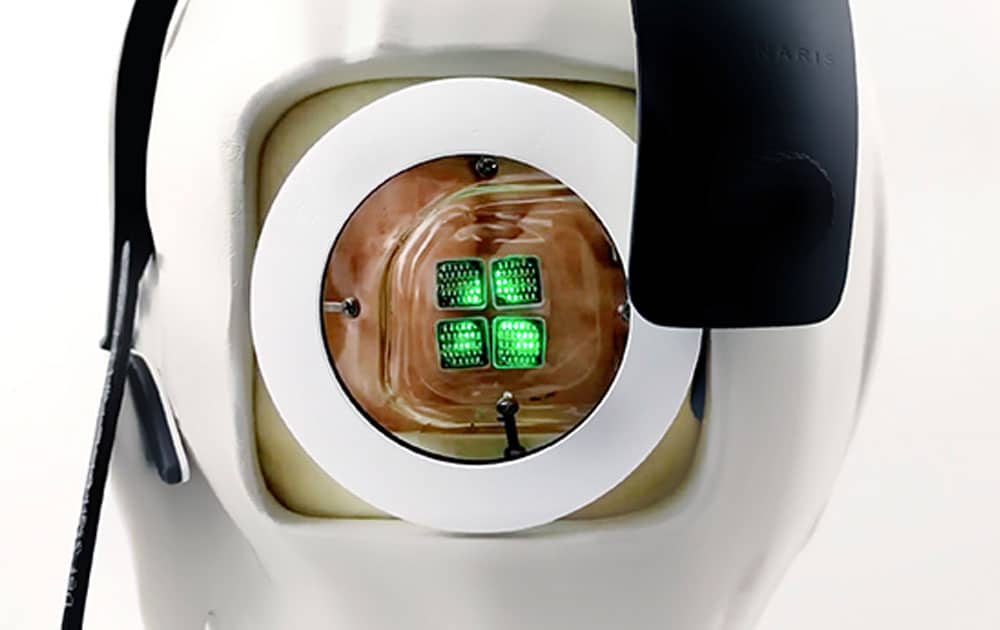Since the advent of medical science, humans have tried to support and at times replace body parts with various alternatives. From wooden crutches to bionic organs (having or denoting an artificial, typically electromechanical, body part) researchers are working relentlessly to sustain human life despite physical shortcomings. Of all disabilities, blindness has ailed us from the beginning of our lives on earth.
Lately, scientists of Monash University in Australia have claimed that they have built a device through which blind people would be able to see again. Generically termed bionic eye, the instrument is the world’s first of its kind.

Dubbed as the ‘Gennaris bionic vision system’ by the university, the cortical vision device has been under development for nearly a decade now. To facilitate vision, the artificial eye bypasses damaged optic nerves to allow signals to be transmitted from the retina to the vision center of the brain.
Anyone who uses the bionic eye would have to wear a custom-designed headgear that has the camera and a wireless transmitter installed. There is a set of 9 mm tiles that are implanted in the brain for receiving signals from the user.
Speaking about the invention, Arthur Lowery, professor at Monash University’s Department of Electrical and Computer Systems Engineering, said in an official statement, “Our design creates a visual pattern from combinations of up to 172 spots of light (phosphenes) which provides information for the individual to navigate indoor and outdoor environments, and recognize the presence of people and objects around them.”
The university’s researchers plan to advance their system to help people with untreatable neurological conditions like limb paralysis, quadriplegia.
“If successful, the MVG [Monash Vision Group] team will look to create a new commercial enterprise focused on providing a vision to people with untreatable blindness and movement to the arms of people paralyzed by quadriplegia, transforming their health care,” he added.
As per findings published in the International Journal of Neural Engineering in July, researchers have seen successful results in sheep with minimal side effects where it was safely implanted into their brains.
They are now planning for its first-ever human clinical trial which is expected to be conducted in Melbourne.

